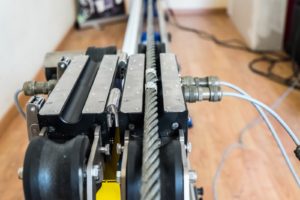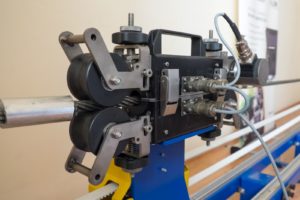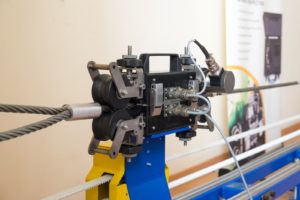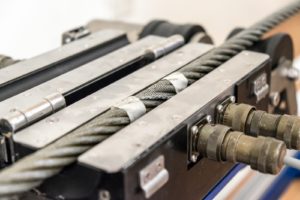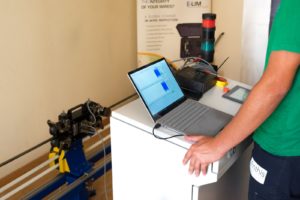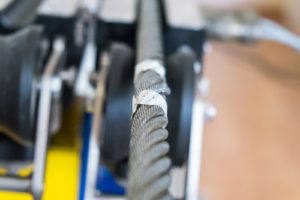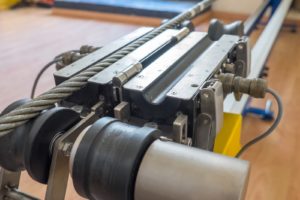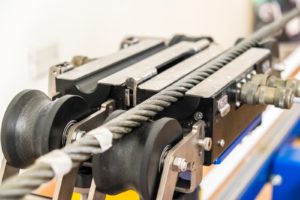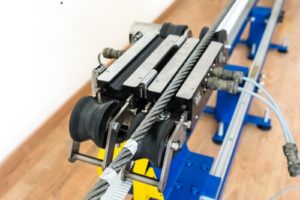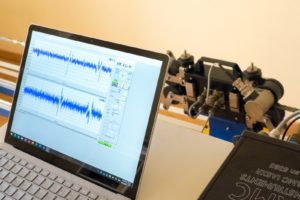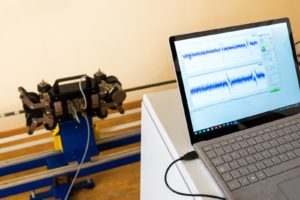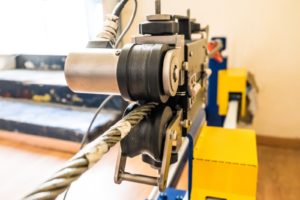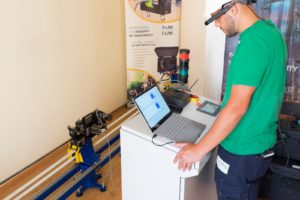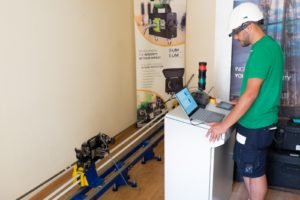Our laboratory-workshop 4.0
A mindset called Dosco-Lab 4.0

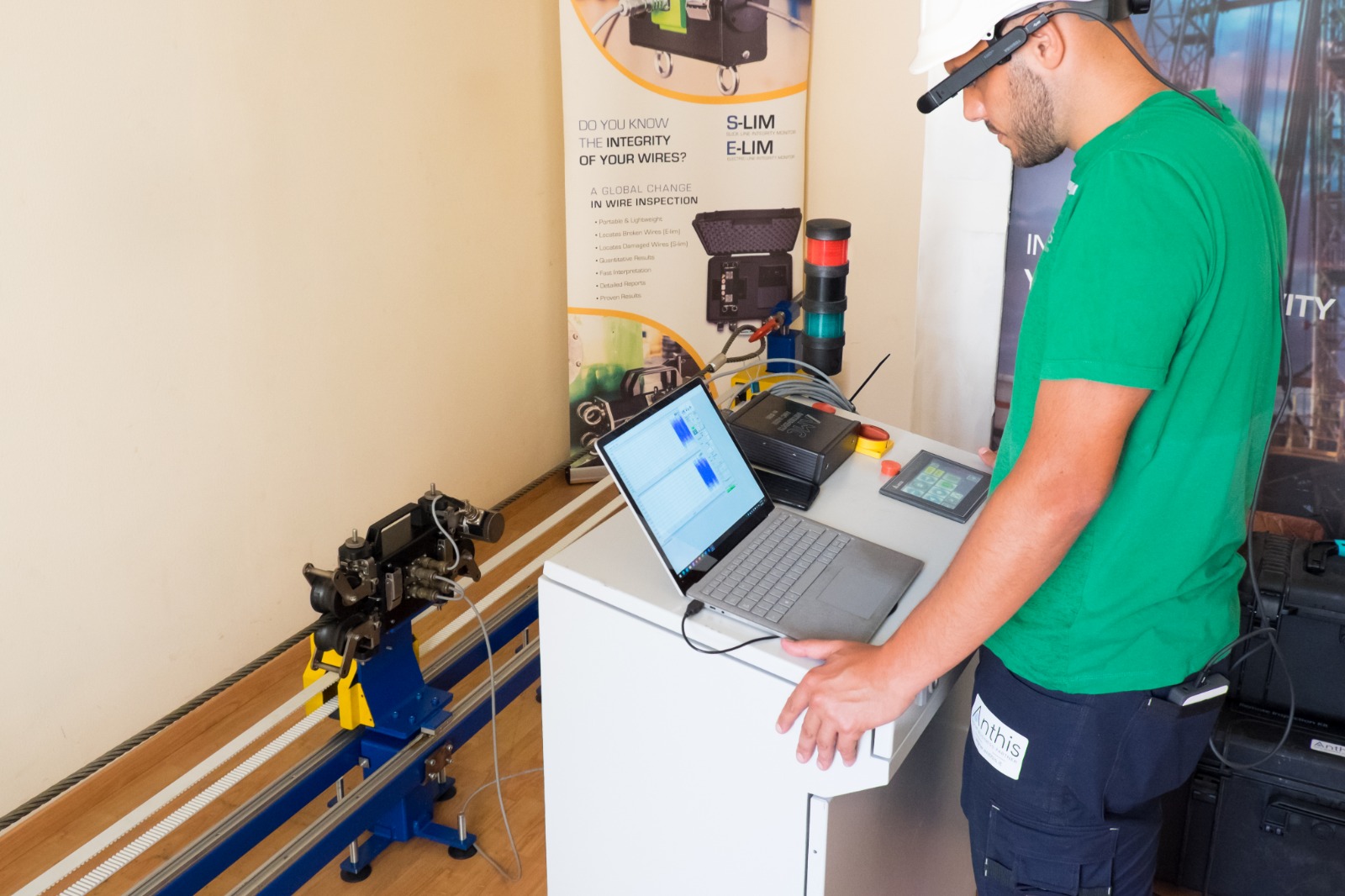
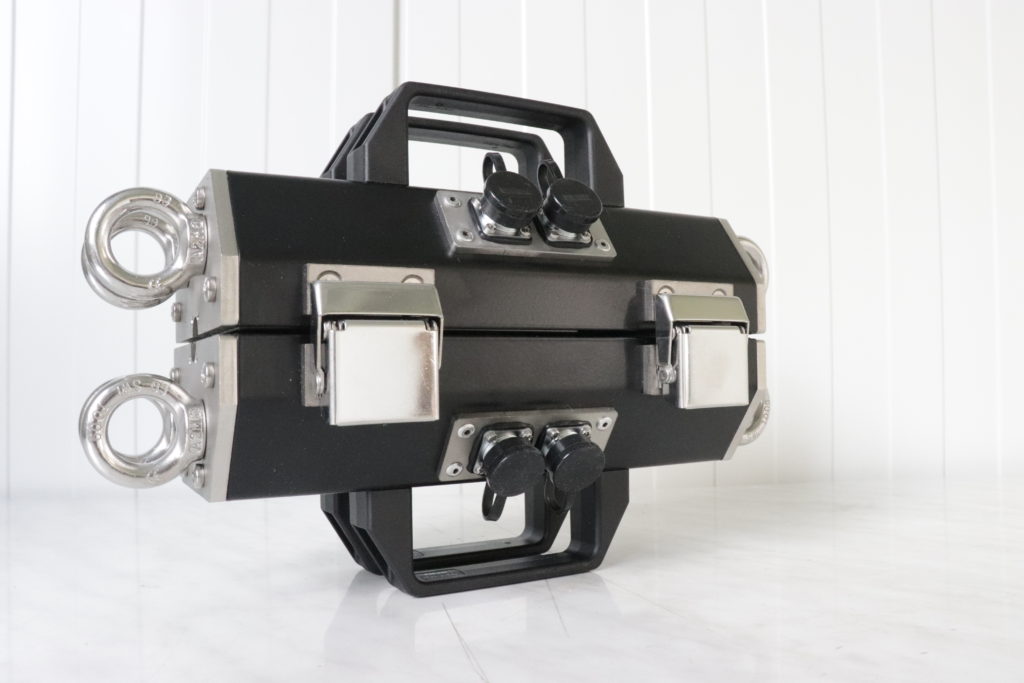
The prototypes e-LIM and s-LIM (electric and slick Line Integrity Monitor) have been the main drivers to create Dosco Lab 4.0 in Italy.
Dosco lab 4.0, based in Italy, is the Research & Development Department of Dosco Petroservices, run by the Anthis Engineering Department, and is our contribution to the beginning of the Machine Revolution.
With Anthis being an NDT Inspection Company with a digital/technological vision, it aligns perfectly with Dosco’s vision. Through the optimization of inspection processes, the machines will be able to guarantee absolute safety.
e-LIM and s-LIM
Failure Analysis of wire line and slick line is in many ways similar to investigating a crime scene.
Wire line failures are classified either mechanical or electrical while slick line failures are only mechanical.
The mechanical ones can now be detected with e-LIM (electric Line Integrity Monitor) and s-LIM (slick Line Integrity Monitor) to avoid unnecessary downhole problems or to determine the reason of failure.
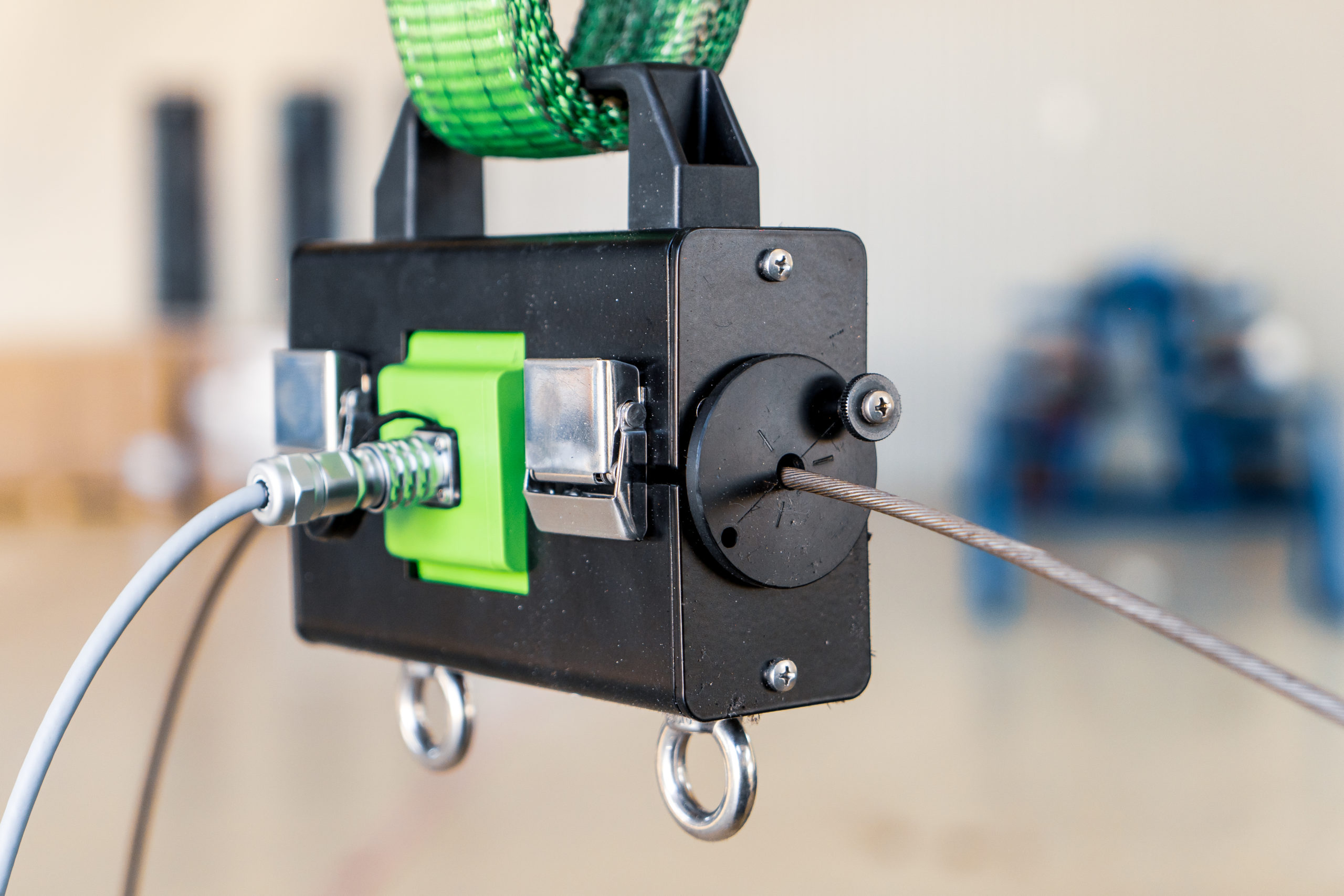
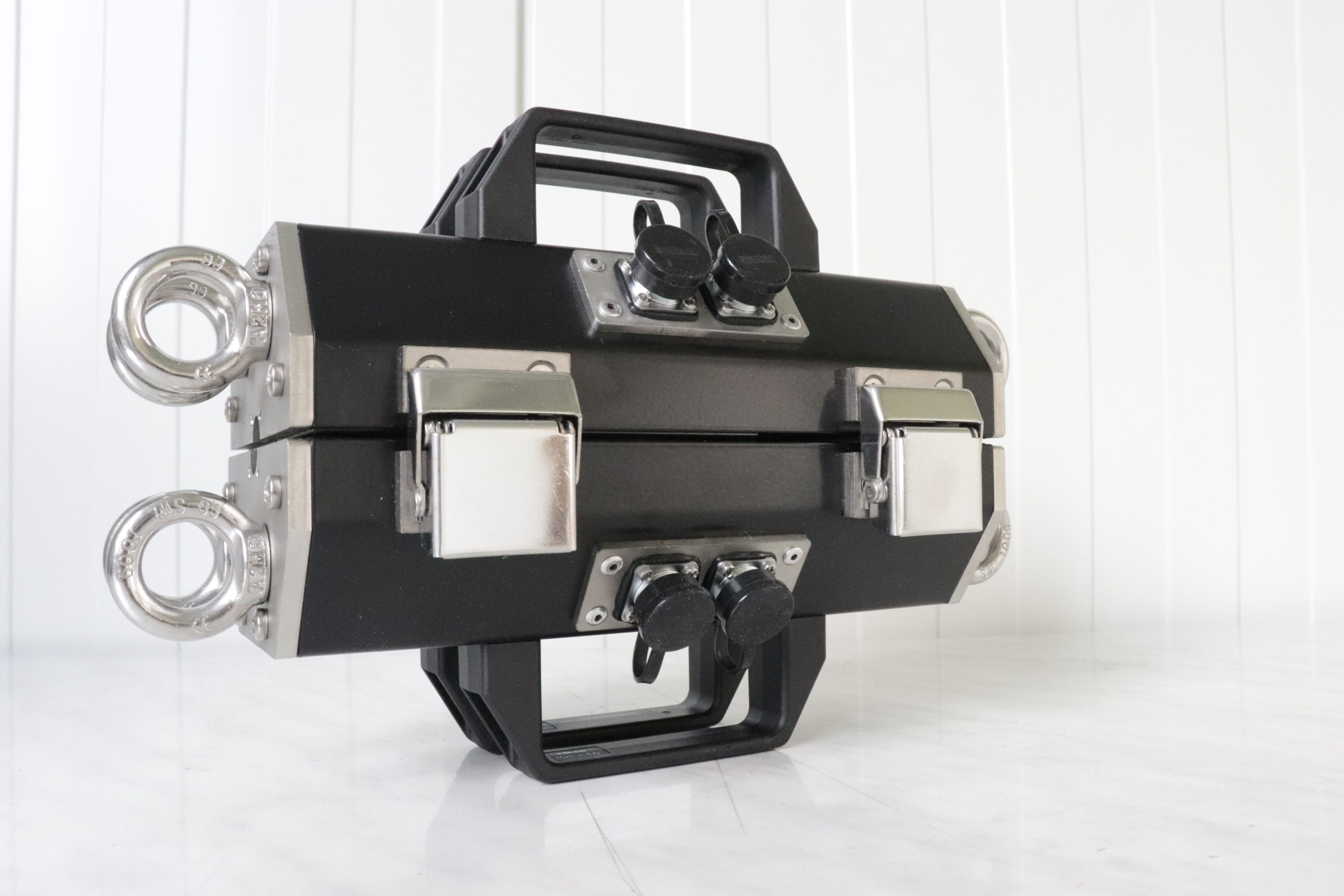
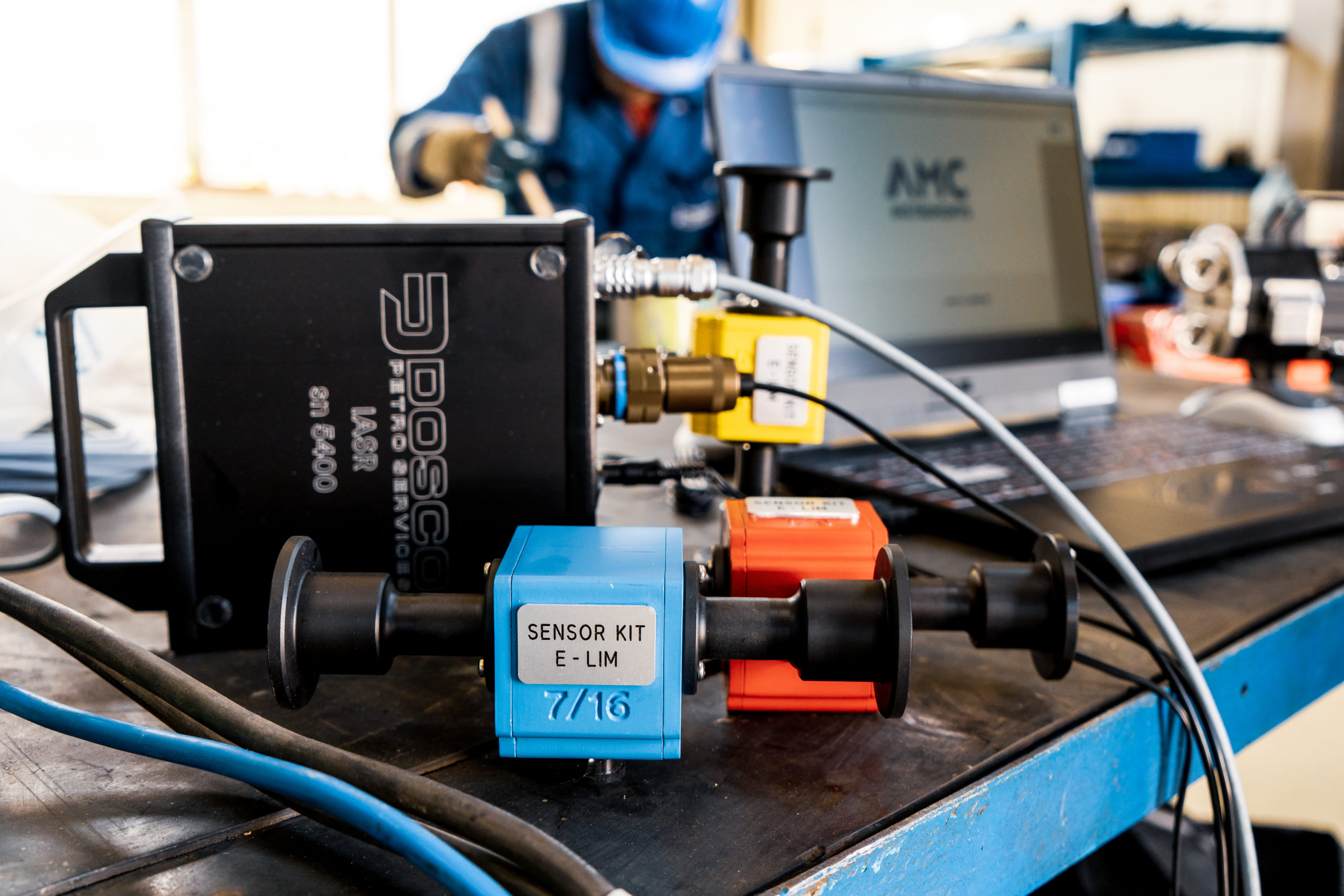
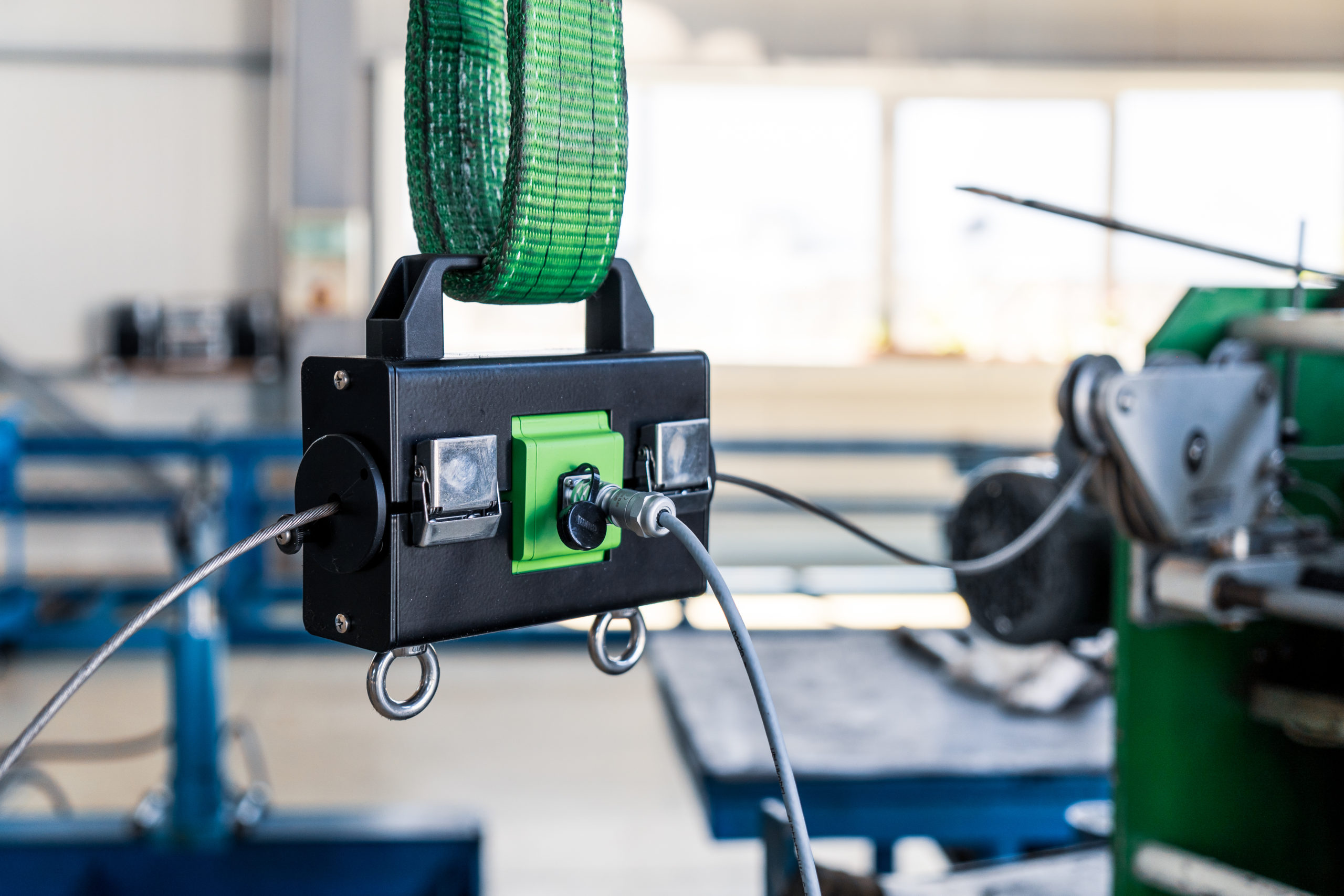
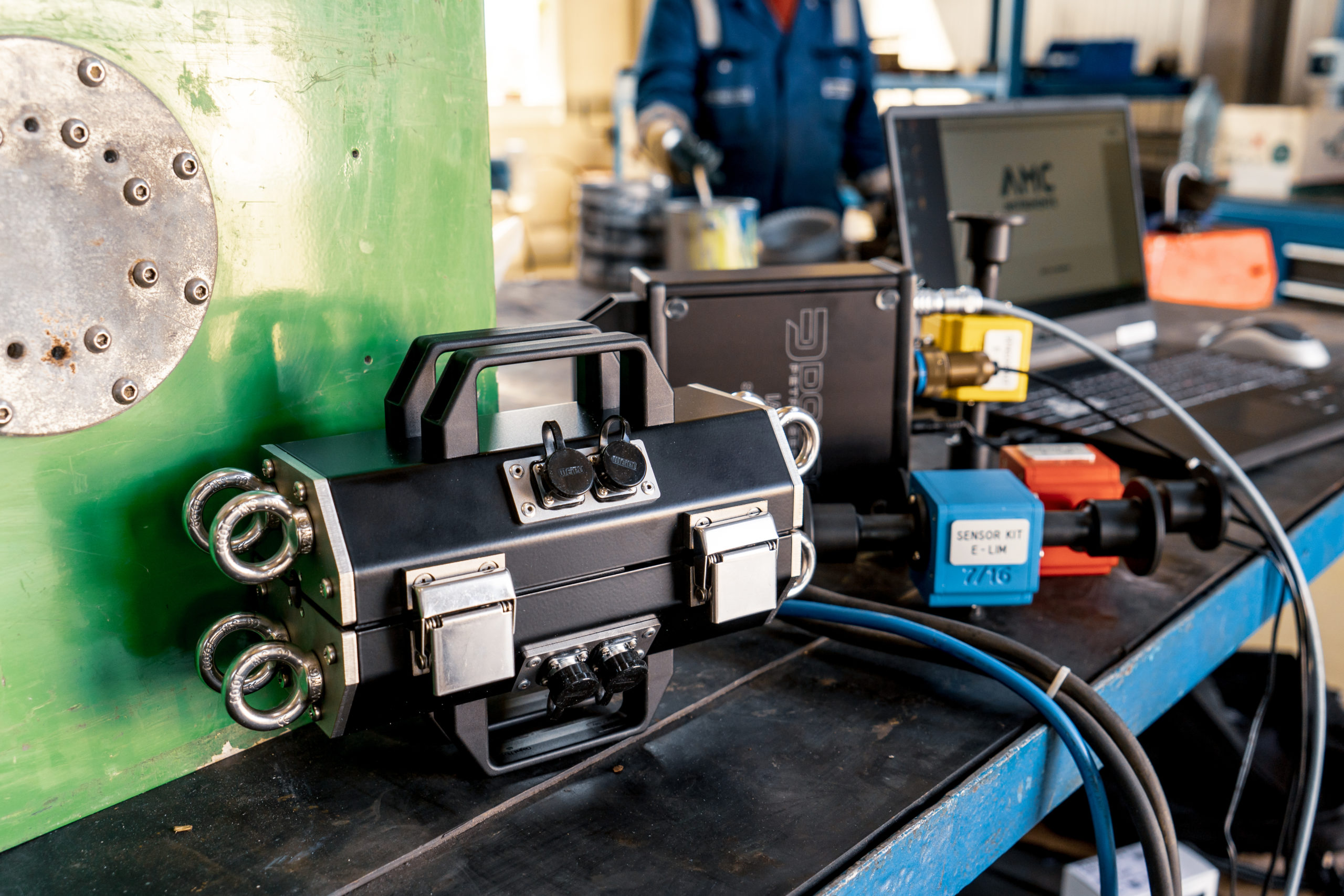
Mechanical failures mostly affect the outer steel armor of the wire line cable or the outer surface of either standard or H2S slick line cable while another common cause is linked with well environment and corrosive fluids causing the armor or the slick line wire to brittle and fail under reduced load conditions.


Whereas mechanical testing of the wire integrity or setting of a mileage envelope for the usage of the wire are common parameters for determining whether the wire may still be used on operations, they do not capture fully the risk of an initiating wire failure or the potential continued use of a good wire which has exceeded the mileage envelope limit.
Here the digital processes of e-Lim and s-Lim will reduce the risks, due to early prognostics of initiating failures, as well as provide potential for continued use of still fit for use wires, even beyond the pre-set mileage limit of the wire.
Wire Rope Bench with MRT
Unique in its kind, the first ever in the panorama of inspections of lifting accessories. The system, able to work remotely or in conventional mode (operator assisted), is modular, easy to mount and it guarantees fast and precise wire rope analysis.
The standard ISO 4309:2017 establishes general principles for the care and maintenance, and inspection and discard of steel wire ropes used on cranes and hoists. Although wire rope slings do not belong to any of the categories where the Standard applies, we consider that a Real Analysis of any wire rope used in the lifting sector can only be achieved using the MRT technology with a support of a bench that guarantees safety beyond the standards.
The bench guarantees a stable use of the MRT device which, if used by hand, could give a wrong output reading if not kept stable during the analysis/inspection.
It also provides more realistic discard criteria covering decreases in rope diameter and presence of corrosion and gives a method for assessing the combined effect of deterioration at any position in the rope.


